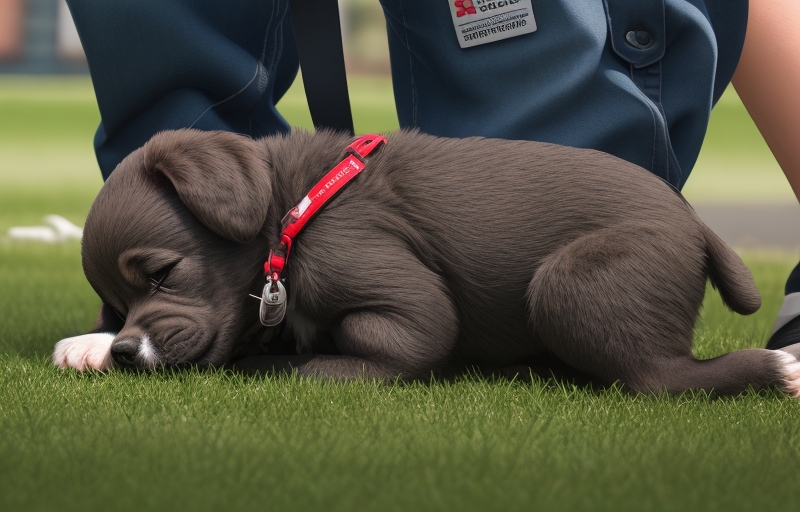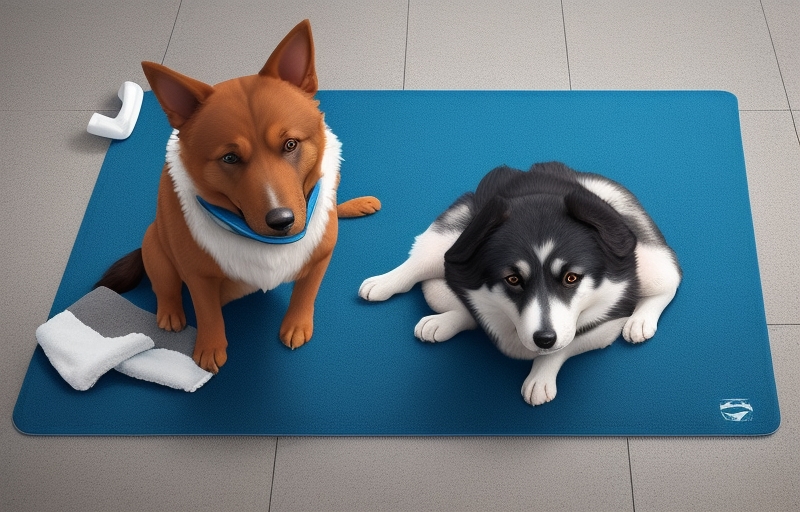Puppy training is a crucial aspect, and with the right essential Puppy Training, you can lay the foundation for a well-behaved and happy companion, welcoming a new furry friend into your home. This comprehensive guide will explore the essential tools and techniques for effective puppy training.
Essential Puppy Training
1. Collar and Leash: The Basics of Outdoor Training
A well-fitting collar and a sturdy leash are the cornerstones of outdoor training. Introduce these items early on, allowing your puppy to become accustomed to their feel. Use a lightweight leash for smaller breeds and gradually transition to a standard leash as your puppy grows. Regular walks provide exercise and opportunities for socialization, a crucial aspect of a well-rounded pup.
2. ID Tag: Ensuring Safety and Security

Safety is paramount, and an identification tag with your contact information is a vital accessory. Attach it securely to your puppy’s collar. In case of an accidental escape or loss, this simple tag significantly increases the chances of a safe return, providing peace of mind for you and ensuring your puppy’s well-being.
3. Crate: Creating a Safe Haven
A crate is a secure space for your puppy, aiding in house training and offering a sense of security. Choose a size-appropriate crate, ensuring it is not too large or too small. Introduce the crate gradually, associating it with positive experiences and comfort. An adequately used crate becomes a haven for your puppy, reducing anxiety and promoting good behavior.
4. Training Treats: The Power of Positive Reinforcement
High-value treats are indispensable for positive reinforcement during training sessions. Opt for small, easily consumable, and irresistible treats for your puppy. Use treats to reward good behavior, making the learning experience enjoyable and reinforcing the bond between you and your furry friend.
5. Training Toys: Interactive Learning and Play

Incorporate interactive toys into your training routine. Toys that dispense treats or provide mental stimulation are excellent for keeping your puppy engaged. These toys serve as rewards and make learning a fun and interactive experience.
6. Puppy Pads or Outdoor Potty Supplies: Establishing Bathroom Etiquette
Consistency is key when it comes to house training. Establish a routine reinforcing good bathroom habits, whether you opt for puppy pads or take your puppy outdoors. Be patient and celebrate successes to encourage positive behavior.
7. Enzymatic Cleaner: Addressing Accidents Effectively

Accidents are part of the learning process. An enzymatic cleaner is a valuable tool for neutralizing odors and discouraging your puppy from repeating undesirable behaviors. Clean accidents promptly to maintain a clean and hygienic environment.
8. Clicker: Precision in Positive Reinforcement
Clicker training is a popular method for precise positive reinforcement. The clicker marks the exact moment your puppy performs a desired behavior, making it easier for them to understand what is being rewarded. Consistency is crucial for effective clicker training.
9. Grooming Tools: Introducing Positive Grooming Experiences
Grooming is an essential aspect of caring for your puppy. Early on, introduce grooming tools, such as brushes and nail clippers, to make grooming a positive experience. Regular grooming sessions promote bonding and contribute to your puppy’s overall well-being.
10. Training Mat or Towel: Establishing Focus and Boundaries

Designate a specific training mat or towel for focused training sessions. This creates a clear boundary for your puppy and signals that it’s time to concentrate on learning. Consistency with the training area helps your puppy understand when it’s time to pay attention and follow commands.
11. Patience and Consistency: The Keys to Success
Perhaps the most crucial elements of puppy training are patience and consistency. Training takes time, and every puppy learns at their own pace. Be patient with your furry friend, and consistently reinforce desired behaviors. Consistency in commands and rewards fosters a clear understanding for your puppy.
12. Basic Commands: Building the Foundation for Good Behavior
Teach basic commands like sit, stay, come, and lie down. These commands form the foundation for good behavior and create a language of communication between you and your puppy. Keep training sessions short and enjoyable to maintain your puppy’s interest.
13. Training Plan: Organizing Your Approach
Develop a training plan that outlines specific behaviors you want to teach and the steps you’ll take to reinforce them. Having a plan helps keep training sessions organized and effective. Adapt your plan based on your puppy’s individual needs and temperament.
Conclusion:
Puppy training is a rewarding journey that strengthens the bond between you and your furry companion. Incorporating these essential tools and techniques into your training routine sets the stage for a well-behaved, happy, and well-adjusted adult dog. Remember, patience, consistency, and positive reinforcement are critical ingredients for success. Enjoy watching your puppy grow into a well-mannered and delightful family member.
Frequently Asked Questions (FAQs)
Q1: When should I start training my puppy?
It’s never too early to start training your puppy. Basic commands and socialization can begin as early as 8 weeks old. However, keep training sessions short and age-appropriate, focusing on positive reinforcement and play.
Q2: How do I crate-train my puppy?
Introduce the crate gradually, associating it with positive experiences like treats and toys. Start with short periods, gradually increasing the time. Make the crate a comfortable and safe space, never as punishment.
Q3: What are high-value treats, and why are they important?
High-value treats are particularly enticing and delicious, motivating your puppy during training. Using these treats as rewards reinforces positive behavior and makes training more effective.
Q4: How can I prevent my puppy from biting or chewing everything?
Provide appropriate chew toys and discourage inappropriate chewing by redirecting their attention. Use bitter apple spray on items you don’t want them to chew, and ensure your puppy gets enough physical and mental stimulation.
Q5: Should I use a clicker for training, and how does it work?
Clickers are optional but can effectively mark the exact moment your puppy performs a desired behavior. Pair the click with a treat to reinforce the behavior. Consistency is critical for successful clicker training.

2 thoughts on “Essential Puppy Training: 13 Important Training Essentials”